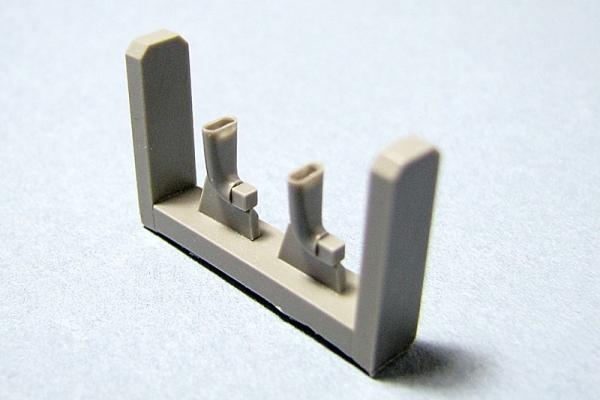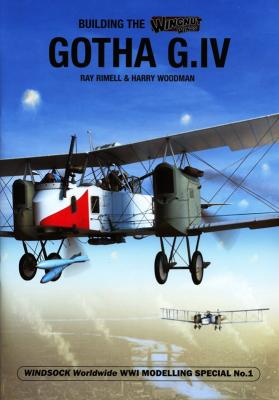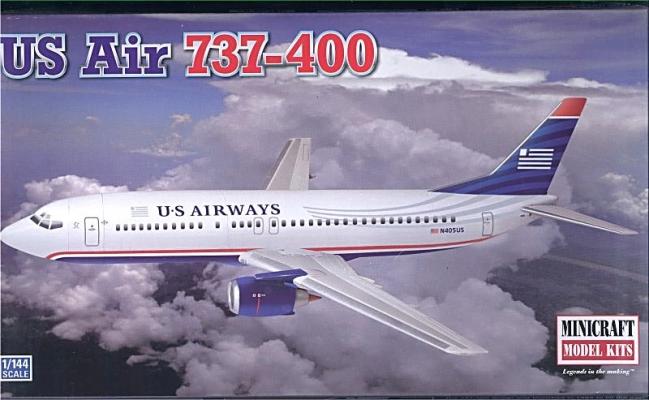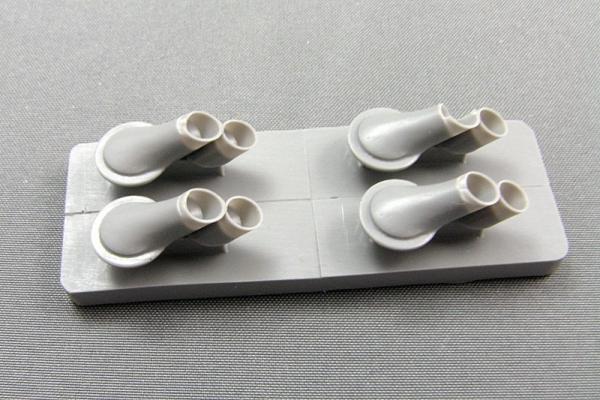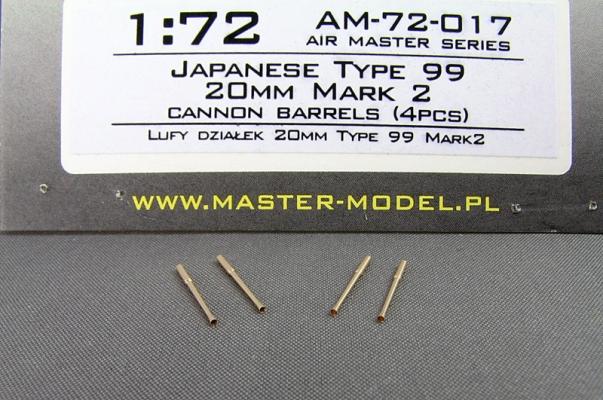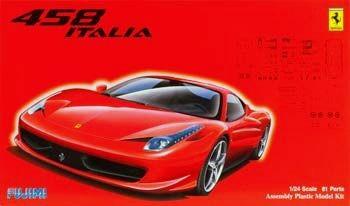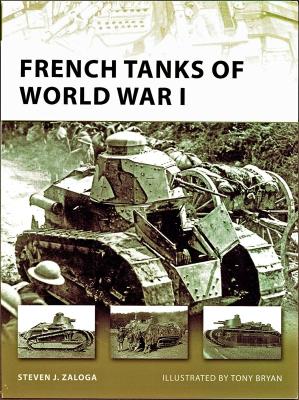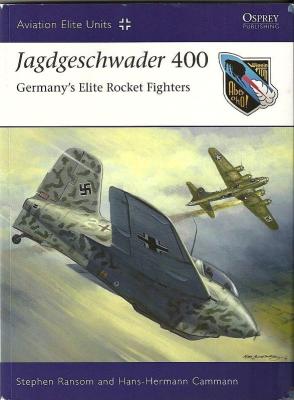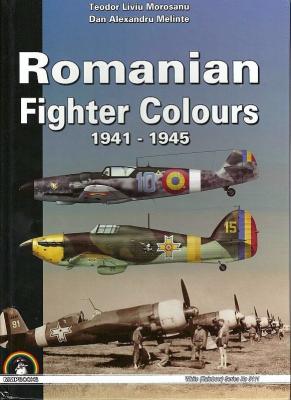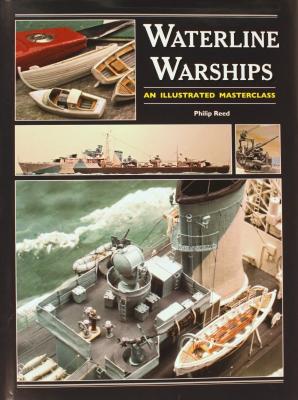The later Ju 88Gs and Ju 188 have always been favorites of mine, causing me to collect anything and everything about these aircraft. Surprising these latest editions from Hasegawa are not always easy to obtain here in North America this could be due to the timing of their releases as it happened during the distribution transition from Dragon USA to Hobbico. Nevertheless, now that Hobbico is established with the Hasegawa lines, these late war Ju 88/Ju 188’s should get easier to obtain. So it was with great excitement that I was able to review these engine intakes from Quickboost.
What's New
For those of you interested in World War One aviation you are probably familiar with Windsock Worldwide, a publication of Albatros Publications, Ltd. out of the U.K. If you are a modeler of World War One aviation and not familiar then you might check them out at your soonest. In addition to their bi-monthly Windsock magazine, Windsock publishes “Data Files” dealing, in detail, with specific single subjects. The bi-monthly Windsock magazine deals with more than one WW-I aircraft subject and always includes at least one highly competent and detailed review and build article. As a modelling publication and reference series on WW-I aviation subjects they are second to none, unequivocally.
The Aircraft
The Boeing 737 was developed in the 1960s as a low-cost development of the 707 and 727. It’s the only Boeing “narrow body” airliner still in production. There are 9 versions, ranging from 85 to 215 passengers. While not approaching the Bf-109 in numbers, the 737 is the best-selling jet airliner in history, with 6638 delivered, with 2186 more on order as of December 31, 2010 (Editor: Boeing source).
The 737 in this kit is the -400 version, with CFM-56 engines. Because of the low wing and large diameter of the engines, the lower side of the nacelle is flattened, giving a distinctive “hamster pouch” look. The -300 and -500 versions differ from the -400 in fuselage length, with the -400 being 10 feet longer than the -300 and the -500 is 8 feet shorter than the -300.
The folks at Quickboost continue to add superb detail sets to their growing catalog of items. For this review I will be looking at the exhaust detail set for the 1/72 Hasegawa G8N1 Renzan.
The Hasegawa 1/72 G8N1 Renzan has been on the market for many years, in several different boxings. The molds for each issue of the kit are the same, so this exhaust upgrade set will work with any of the G8N1 kits you may have in your collection.
The Japanese WWII G8N1 Renzan Bomber was a late war Japanese WWII found-engine Bomber project. The initial prototype was completed late in 1944, and several test flights were made before the war ended. Perhaps the most recognized image of a Renzan is the photo in orange paint scheme in captured US Markings.
Master Model was a new name for me. I had not heard of them before nor had I seen any of their product lines. After this review sample arrived I can safely say I am more than impressed with the quality of their work! This new group from Poland has quite a line of brass detail parts on the market. Here I will be looking at one of their new sets: 1/72 WWII Japanese Type 99 20mm Mark 2 Cannon Barrels (set of 4).
Packaged in a small plastic bag, with a cardboard backing & header were four of the nicest brass parts I have seen. Master Model’s brass parts are very finely turned brass parts that look like the real thing – only much, much smaller! All I can say when I looked at these parts was “WOW – How did they do that?!?”
Deriving its name from its country of origin, the 458 Italia is the latest from the Ferrari stable. All the usual things you would expect from a Ferrari are there including incredible performance (top speed over 200 mph) and styling that makes it look fast just standing still. There are some firsts for Ferrari including no floor shifter and direct fuel injection. The gear changes are handled by paddle shifters coupled to a dual clutch, 7-speed transmission. A former Ferrari team driver Michael Schumacher helped design the interior layout. Cooling air is introduced by some clever intakes around the headlamps and behind the rear quarter windows. Another neat innovation is the airflow vanes in the front grille that actually deflect as speed increases to reduce drag. The 458 has been in the news lately for a rash of fires that destroyed several cars. The problem was traced to a wheel well adhesive that couldn’t take the heat.
Number 173 in Osprey’s NEW VANGUARD series provides a concise history of FRENCH TANKS OF WORLD WAR I. In this soft cover book, author Steven J. Zaloga focuses on the three main tanks developed by France during World War I. In ten chapters, Author Zaloga describes how an innovative military concept was brought to reality, perfected and effectively employed in its intended role, and how the most successful of them soldiered on after the war and on to the brink of WW II.
Both France and Britain conceived and began developing the military tank at about the same time as an effective way of dealing with the virtual battlefield stalemate brought about by trench warfare. The book describes how France was the first to introduce the new weapon into combat and eventually fielded more of them than any other country. In the process, France arrived at a design that would become a standard for future tanks, with armament in a central turret and the engine in the rear.
The Me-163 Komet is the only rocket-powered aircraft ever seeing combat. The whole combat history of this unique point-defense interceptor is covered by this book of the Aviation Elite Series as it only served with JG400.
The book is structured in five chapters, the first one covering the Me-163 development and the following four covering the operational service of 1.Staffel, 2.Staffel, I.Gruppe, and II.Gruppe respectively. It also has a series of appendixes covering unit organization, selected biographies, operational flight logs for each Me-163 and a very interesting appendix regarding the armament, including the use of SG 500 Jägerfaust, a recoilless mortar-style weapon which was fired vertically.
The Romanian Air Force in World War II saw extensive combat in the Eastern Front against the Soviet Air Force and against the USAAF and RAF in home defense roles. Later, in late 1944 Romania changed sides and saw combat against the Luftwaffe.
This book covers all the fighter aircraft in the Romanian Air Force during World War II. The fighter aircraft inventory included British, German, Polish, and locally designed airplanes, plus captured soviet airplanes, yielding to a rather varied set of camouflage styles. Specifically, the book covers the Hawker Hurricane, Bf 109E and 109G, He 112, Bf 110G, PZL 11 and PZL 24, IAR 80/81, plus captured Mig-3, I-16 and Fw-190A/F.
Philip Reed is an accomplished British master modeler of large-scale, museum-quality (or better) ship models. Although web searches and some book selling sites spell his first name with two Ls, his name is Philip with one L. Trained as an artist, and having a teaching career gives Philip the right background for this book. Philip started scratch-building WWI and WWII warships and switched to a long and successful career building sailing ship models. Philip Reed has at least three other books explaining how he builds wooden sailing ships. This book details his return to building WW2 steel warships from scratch – no kit used. Everything was made by hand from raw materials, with a sprinkling of generic photoetch brass. His latest book, Waterline Warships- An Illustrated Masterclass, is from Seaforth Publishing, a venerable British publishing house obviously devoted to nautical books.

